The last few weeks the weather has been warming up, bringing out all the local pollinators. Many plants are waking up as well, my Blueberry bushes should be flowering pretty soon. But for the moment my Kale plants are the ones they are the most attracted to. These plants were started last year and dropped many seeds starting new plants, now those plants are forming flowers and dropping their own seeds. But before that can happen the flowers need to be pollenated and that is where these bees come into play. A female Mason bee can be seen in the below image, its fuzzy underside is where it stores pollen to use in building their homes.
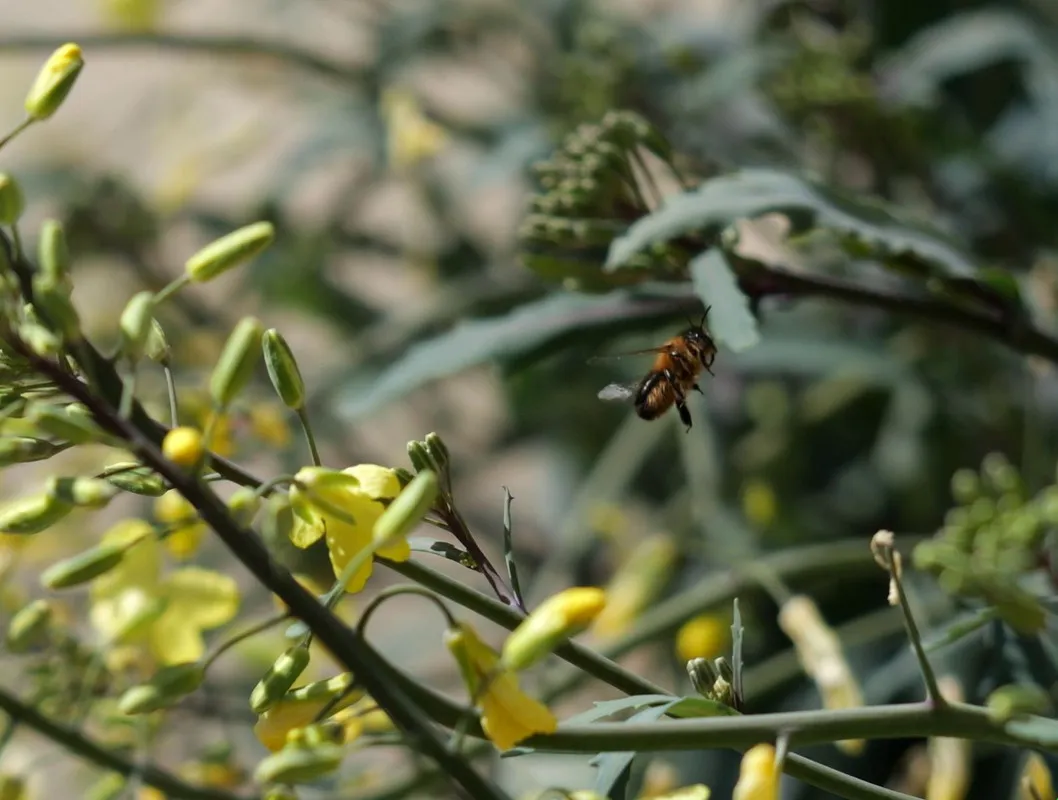
Unlike Honey bees she does not have a pollen sac to store collected pollen from local flowers, instead they attach it to hairs to the underside of their body. These Mason bees are more fuzzy than Honey bees, probably to help them collect pollen all over their body in addition to their lower abdomen.
 Camera Model Camera Model | Lumix GH6 |
|---|---|
 Lens Lens | Olympus MSC ED M. 60mm Macro lens |
 Filter Filter | none |
 Spectrum Spectrum | Visual Light |
 Wavelength Wavelength | 380 through 700 nanometers |
 Location Location | North Georgia USA. |
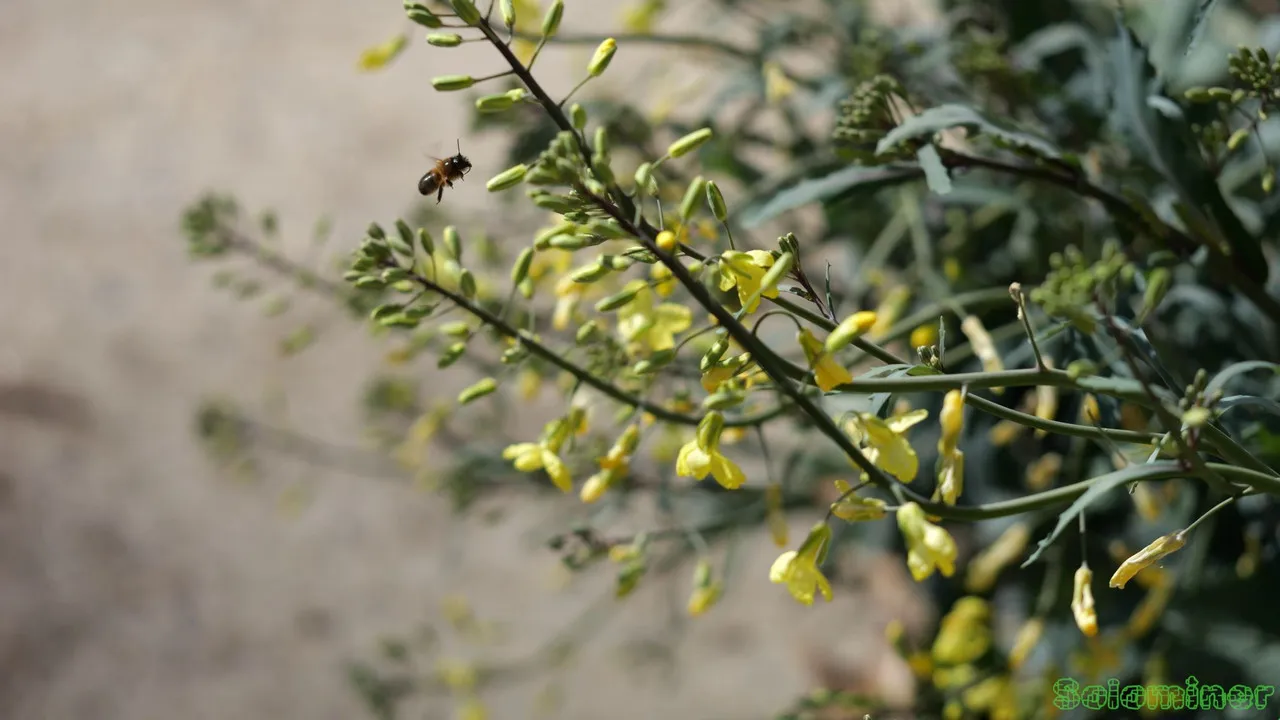
The Mason bees go from flower to flower, checking them out and sometimes stopping for some nectar and maybe some pollen as well.
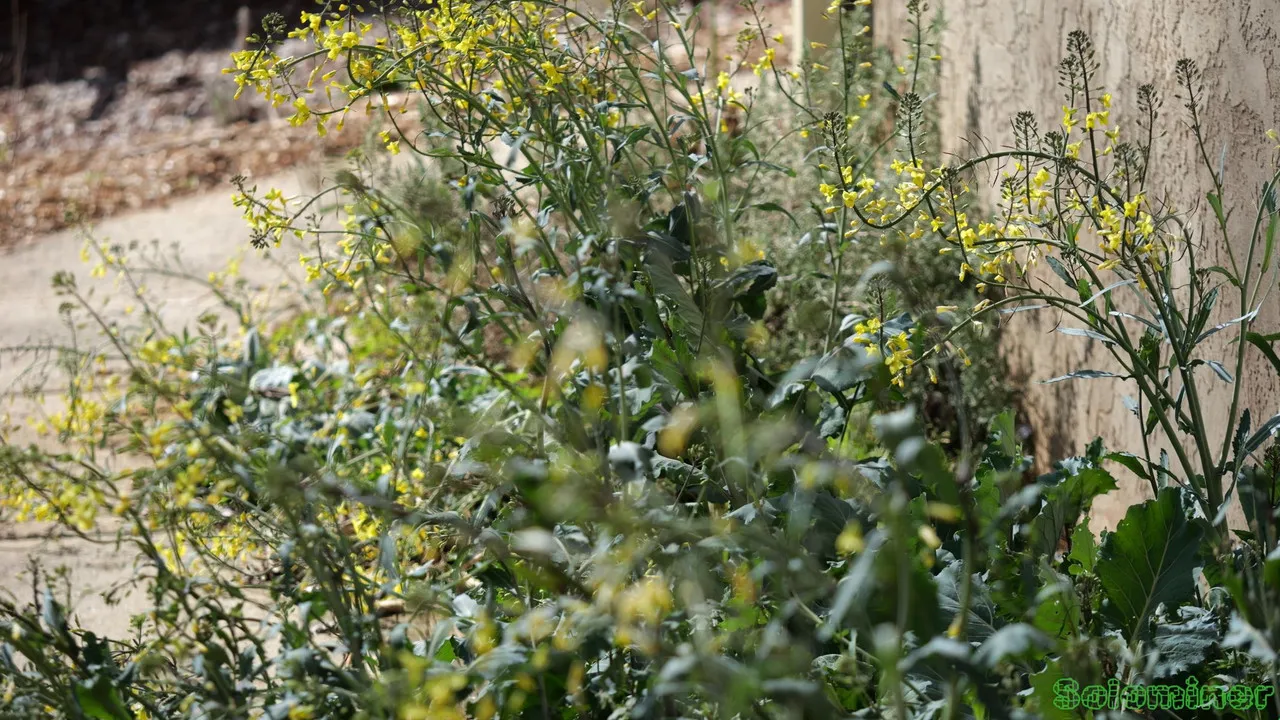
They have a lot to feed on, I have around fifteen feet of Kale growing in a row and they are all flowering. Normally you would cut off the flowers before they can form to eat the Kale, but I just decided to let it grow wild and now its going to form more plants when the seeds drop.

Their habits seem to be to quickly visit each flower, not spending too much time on each.
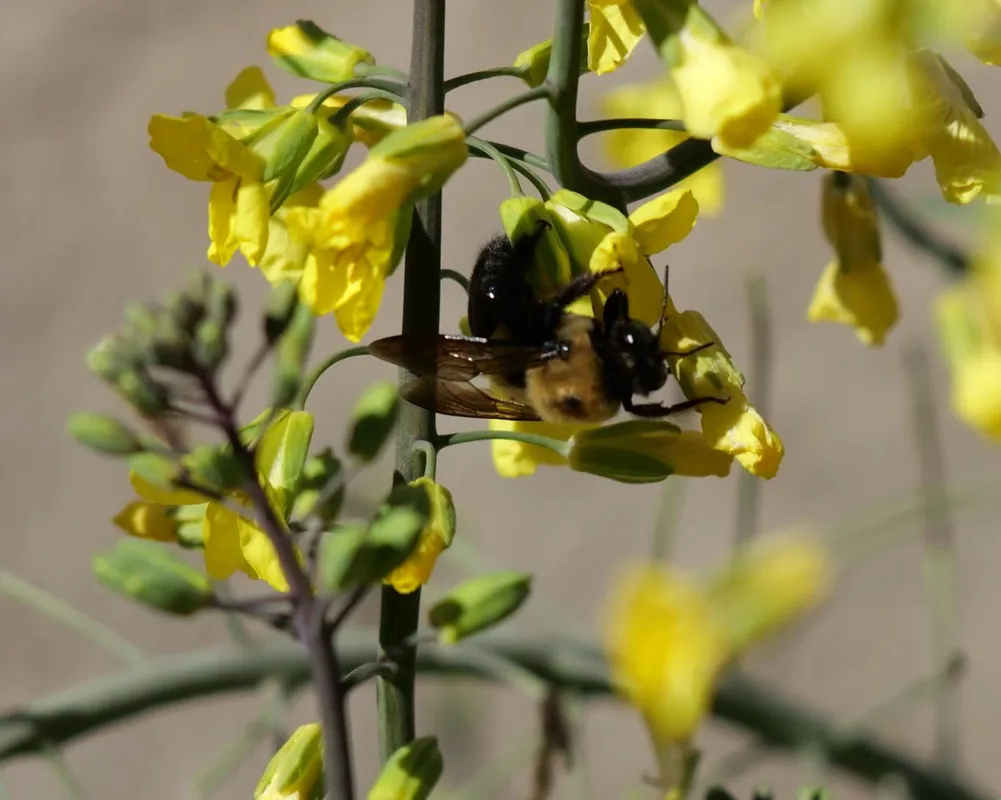
Carpenter bees act quite differently, they take their time going from flower to flower. Sometimes they just climb them instead of flying, but are much more easy to get pictures and videos of.

They seem to be quite aloof and just go about their business, they do not mind me getting really close to them.
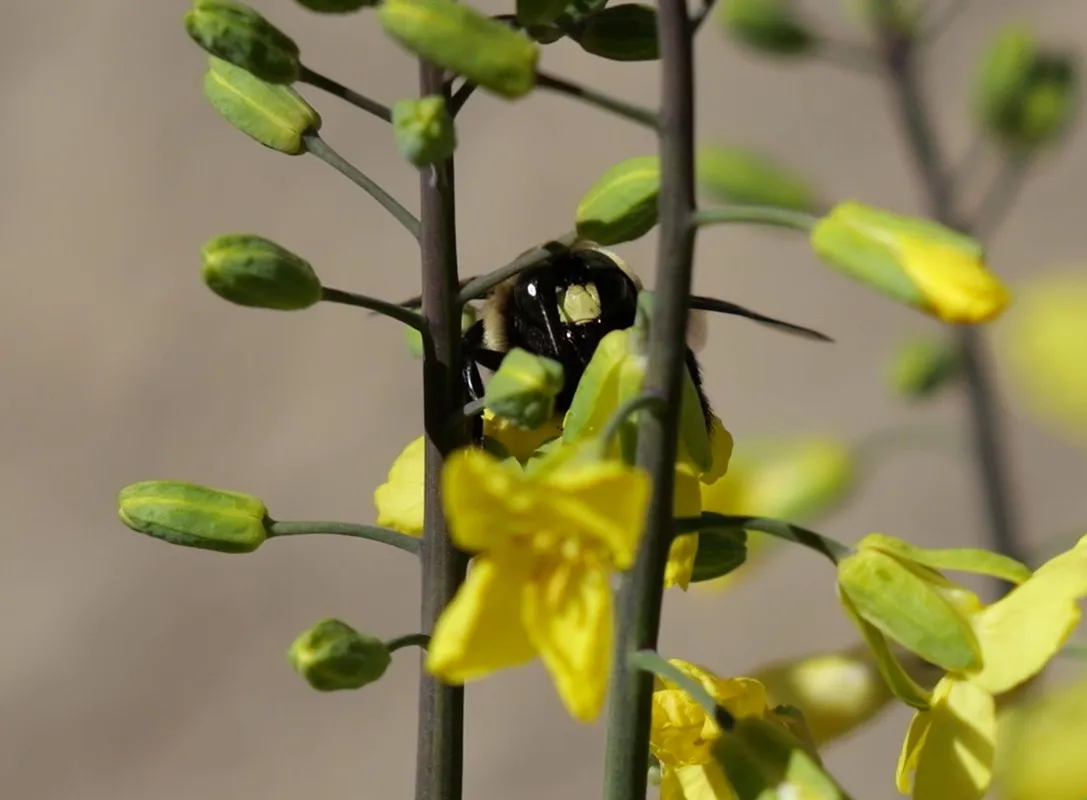
On their face they have a yellow spot, it tells us that it is a male.
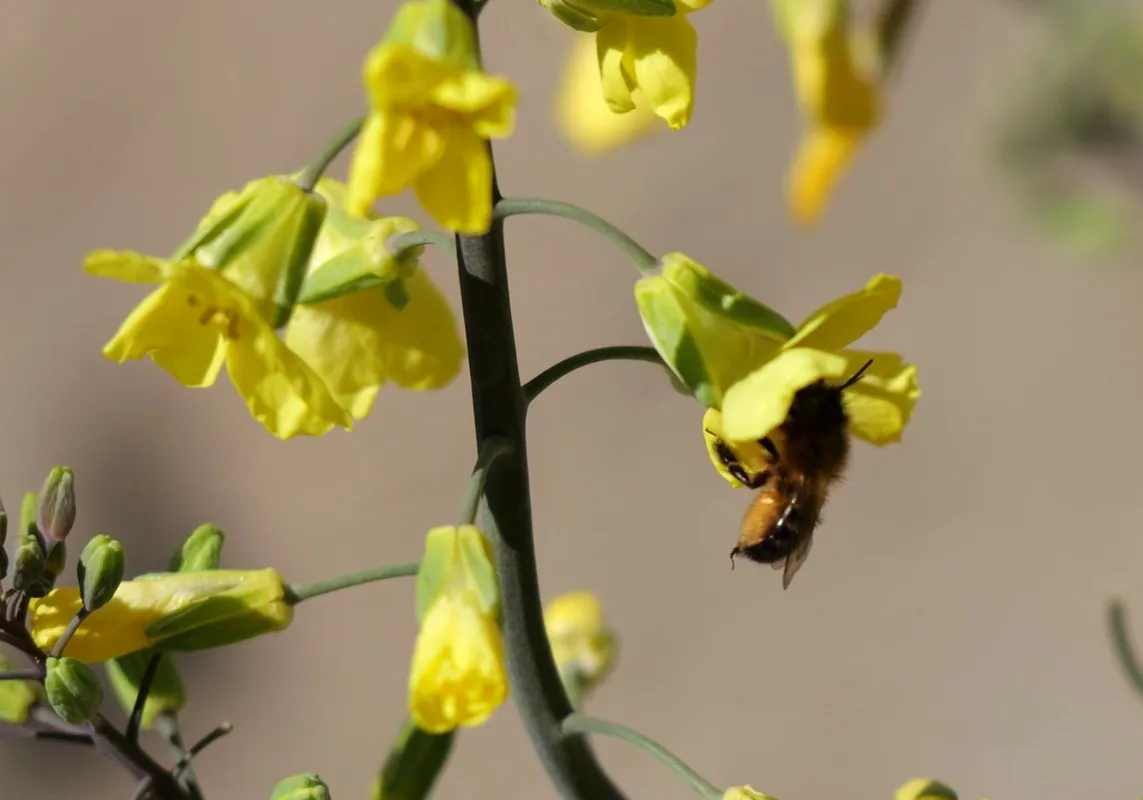
A Mason bee flies up as I am checking out a Carpenter bee and it sticks its face in to feed on the flower.

Eventually they move closer together, but each feeding on a different flower. You can see how much larger the Carpenter bee is in comparison to the Mason bee. Both very useful, though I dislike how Carpenter bees make holes in wood structures. While Mason bees will only use pre-existing ones.

When it comes to the cycle of the Mason bee, first the males emerge and then the females about a week later. They mate and then the females go off to make homes for the larva they lay. We can see a male Mason bee above, though it has pollen mites on it. It must be a wild Mason bee that emerged from a wild home. As the homes I keep I remove the mites during the cleaning process. So far only saw one that had mites, hopefully I will not find more.
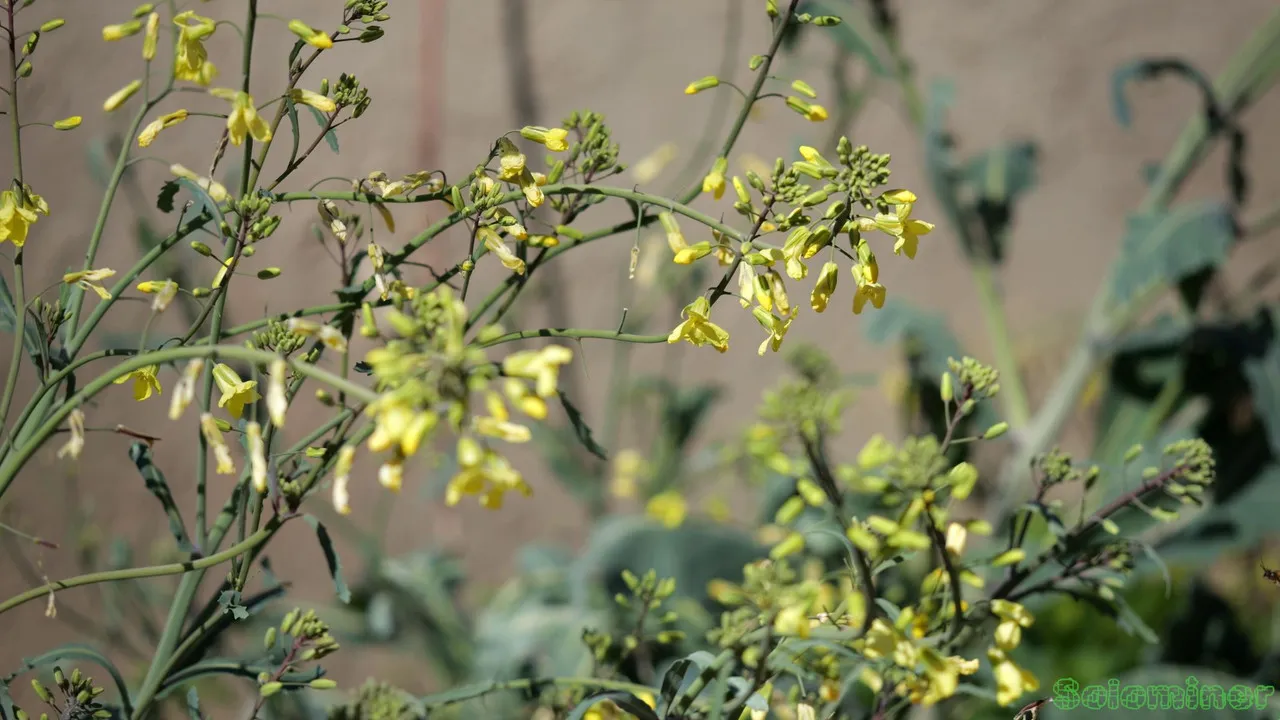
Glad the Kale flowers can provide a lot of nectar and pollen to the surrounding wild life. And its pretty amazing to see how quickly the plant grows.
YouTube Video Link
Link to my previous post showing off just the pictures I took of these plants and flowers, the pictures in this new post are all captures from my video which has all new angles and shots of the bees:
@solominer/early-spring-mason-bee-update-feeding-on-kale-flowers
